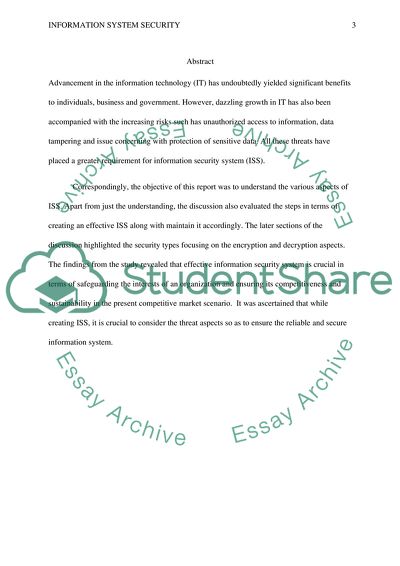Cite this document
(“Information system security Research Paper Example | Topics and Well Written Essays - 3000 words”, n.d.)
Information system security Research Paper Example | Topics and Well Written Essays - 3000 words. Retrieved from https://studentshare.org/information-technology/1649829-information-system-security
Information system security Research Paper Example | Topics and Well Written Essays - 3000 words. Retrieved from https://studentshare.org/information-technology/1649829-information-system-security
(Information System Security Research Paper Example | Topics and Well Written Essays - 3000 Words)
Information System Security Research Paper Example | Topics and Well Written Essays - 3000 Words. https://studentshare.org/information-technology/1649829-information-system-security.
Information System Security Research Paper Example | Topics and Well Written Essays - 3000 Words. https://studentshare.org/information-technology/1649829-information-system-security.
“Information System Security Research Paper Example | Topics and Well Written Essays - 3000 Words”, n.d. https://studentshare.org/information-technology/1649829-information-system-security.


